Apple pays ransom so Brandon Moss can get his 100th HR ball

Cleveland Indians outfielder Brandon Moss hit the 100th home run of his career last week into his own team's bullpen.
Instead of giving Moss his piece of personal history, the Indians' bullpen decided to have some fun and hold the ball for ransom.
The relievers even came up with their own ransom list, the contents of which can almost entirely be found on Apple shelves.
It turns out that Apple decided to do Moss a solid. CEO Tim Cook announced at Apple's Worldwide Developers Conference in San Francisco on Monday that the company took care of the tab on the Apple-heavy ransom list, according to the Associated Press.
• Rob Gronkowski, David Ortiz pair up for Dunkin' Donuts music video
Cook even held the ball up on stage for proof. An Indians representative told the AP that an Apple representative picked it up in Cleveland on Friday.
While the ball still hasn't quite made it into Moss's possession, he's probably more than happy to let Apple watch over it for a bit in exchange for what the company did.
GALLERY: BASEBALL'S TOP 10 BUSTS DRAFTED NO. 1 OVERALL
Baseball's Top 10 Busts Drafted No. 1 Overall
No. 10: Dave Roberts (1972)
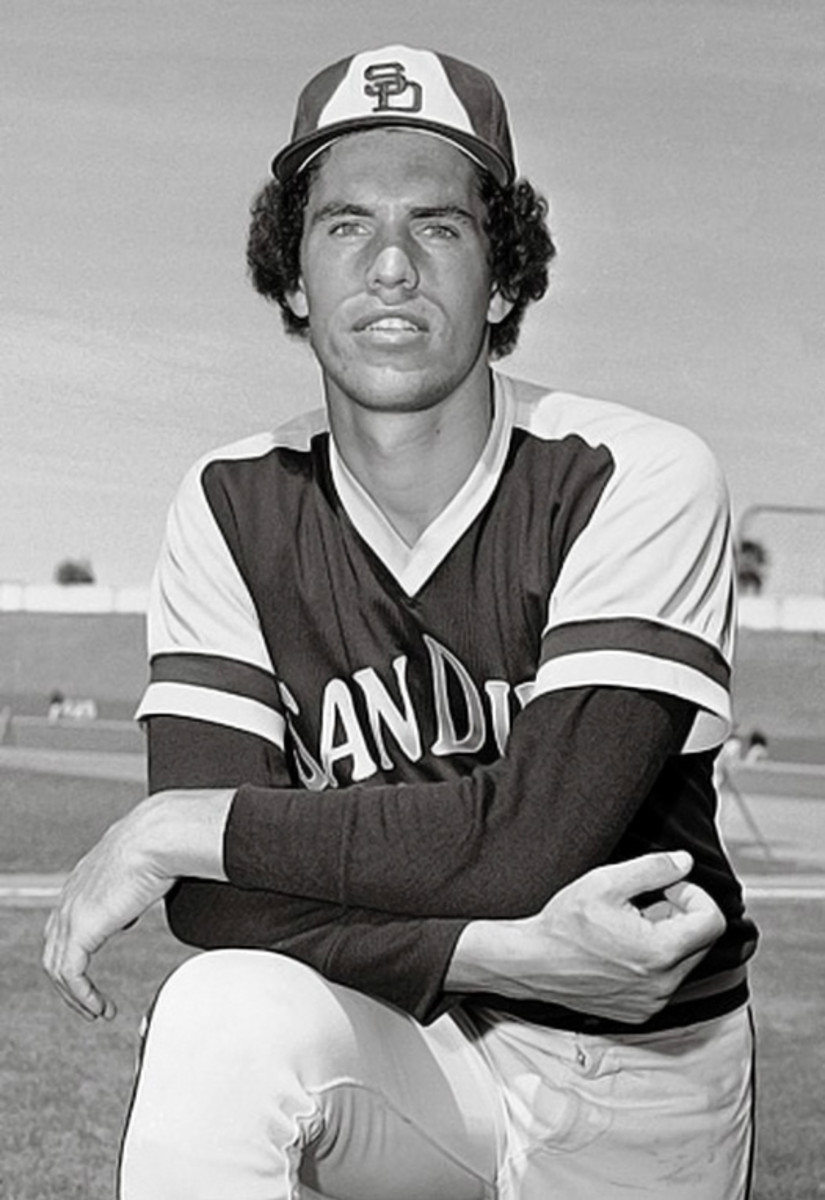
After his selection, Roberts bypassed the minors and headed straight for The Show. The Padres' first-round pick in 1972 did the exact same thing. That player, Dave Winfield, is one of just two Padres in the Hall of Fame. Roberts never had anywhere close to that success. His best season came in 1973, when he hit .286 with 21 home runs. He never hit more than 10 home runs in any other season and left the game after hitting .182 for the Phillies in 1982.
No. 9: David Clyde (1973)
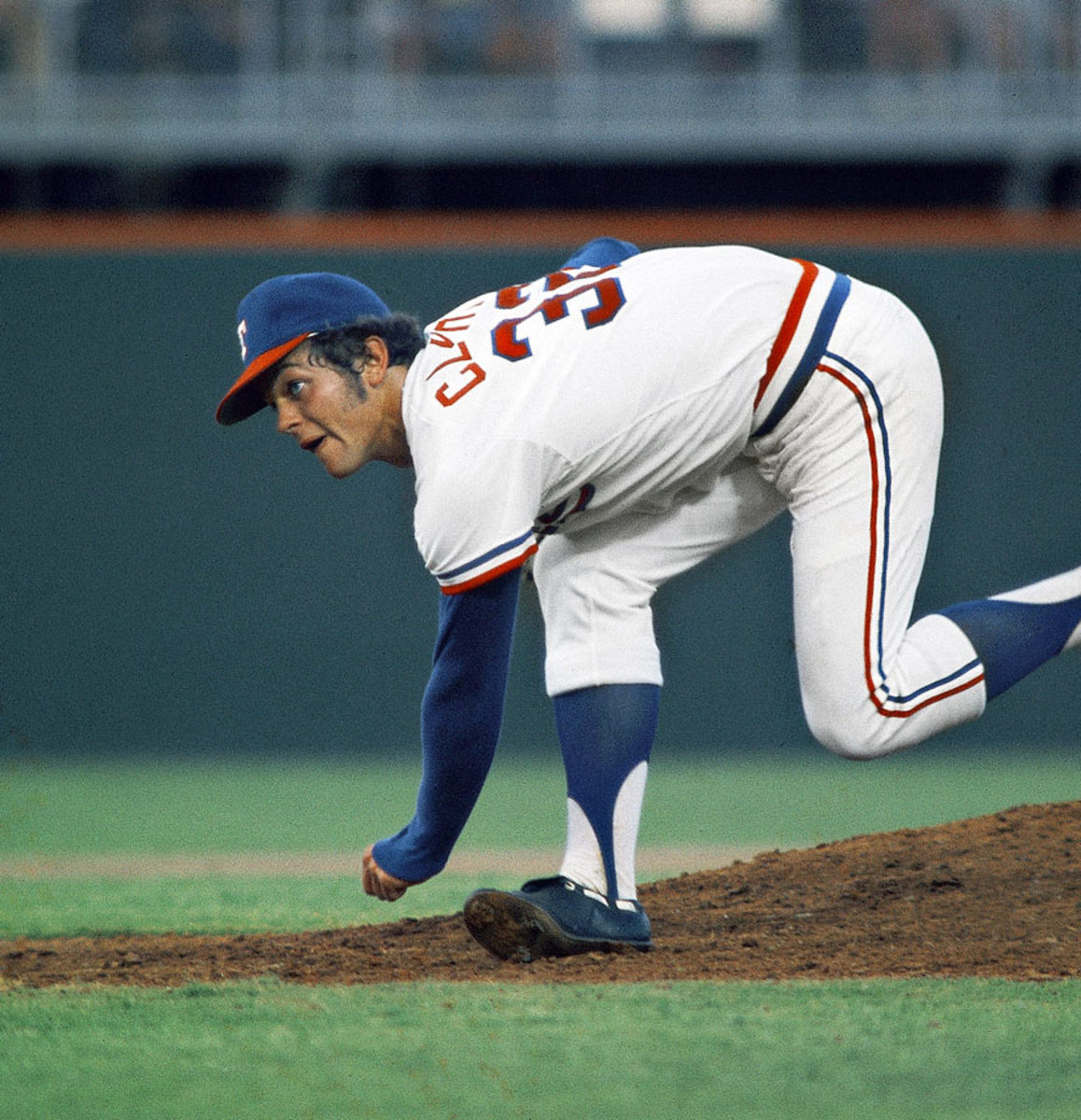
A dominant high school ace, the Rangers elected to go with the local product, partly to boost their sagging attendance. Like Roberts, Clyde skipped the minors entirely and made his major league debut at age 18 just three weeks after pitching his last high school game. Despite his talent, Clyde never caught on in the majors. In his five year career, he went 18-33 with a 4.63 ERA and a 1.53 WHIP. By the time he was 24, Clyde was out of the majors for good. He remains a cautionary tale for not rushing talent to the big leagues. Making matters worse for the Rangers were the three players taken immediately after Clyde: future All-Star catcher John Stearns went No. 2 overall and future Hall of Famers Robin Yount and the aforementioned Dave Winfield went No. 3 and No. 4, respectively.
No. 8: Matt Anderson (1997)
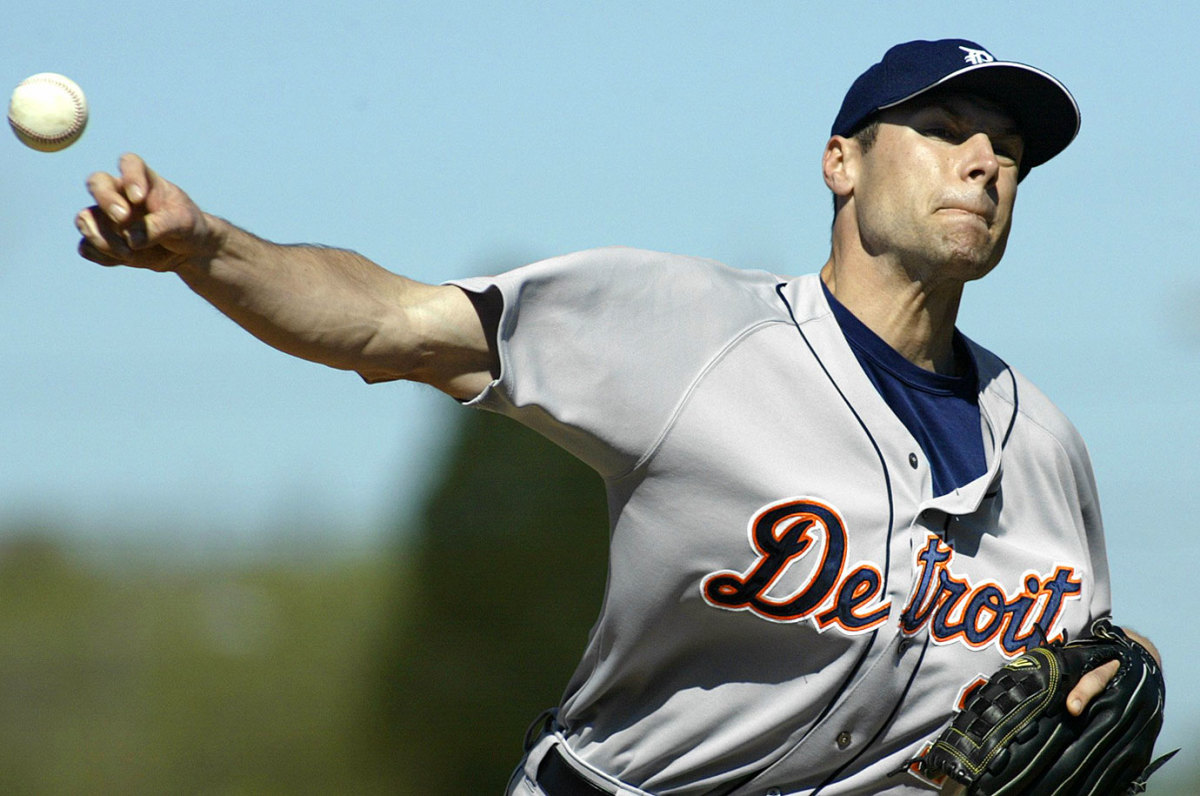
In his first season with the Tigers, Anderson showed flashes of dominance. As a 21-year-old rookie in 1998, the right-handed flamethrower had 44 strikeouts in 44 innings of work and a 3.27 ERA. He stayed in middle relief for the Tigers for a few seasons but in 2002, he tore a muscle in his armpit and was never able to reach the frightening velocity which made him one of the game's top prospects. Some have speculated that Anderson's injury was related to an octopus throwing contest Anderson competed in held by the Tigers. He claims it was related to working out. After the Tigers let him leave in 2003, Anderson pitched just six more games in the majors, posting a 12.60 ERA for the Rockies in 2005.
No. 7: Al Chambers (1979)
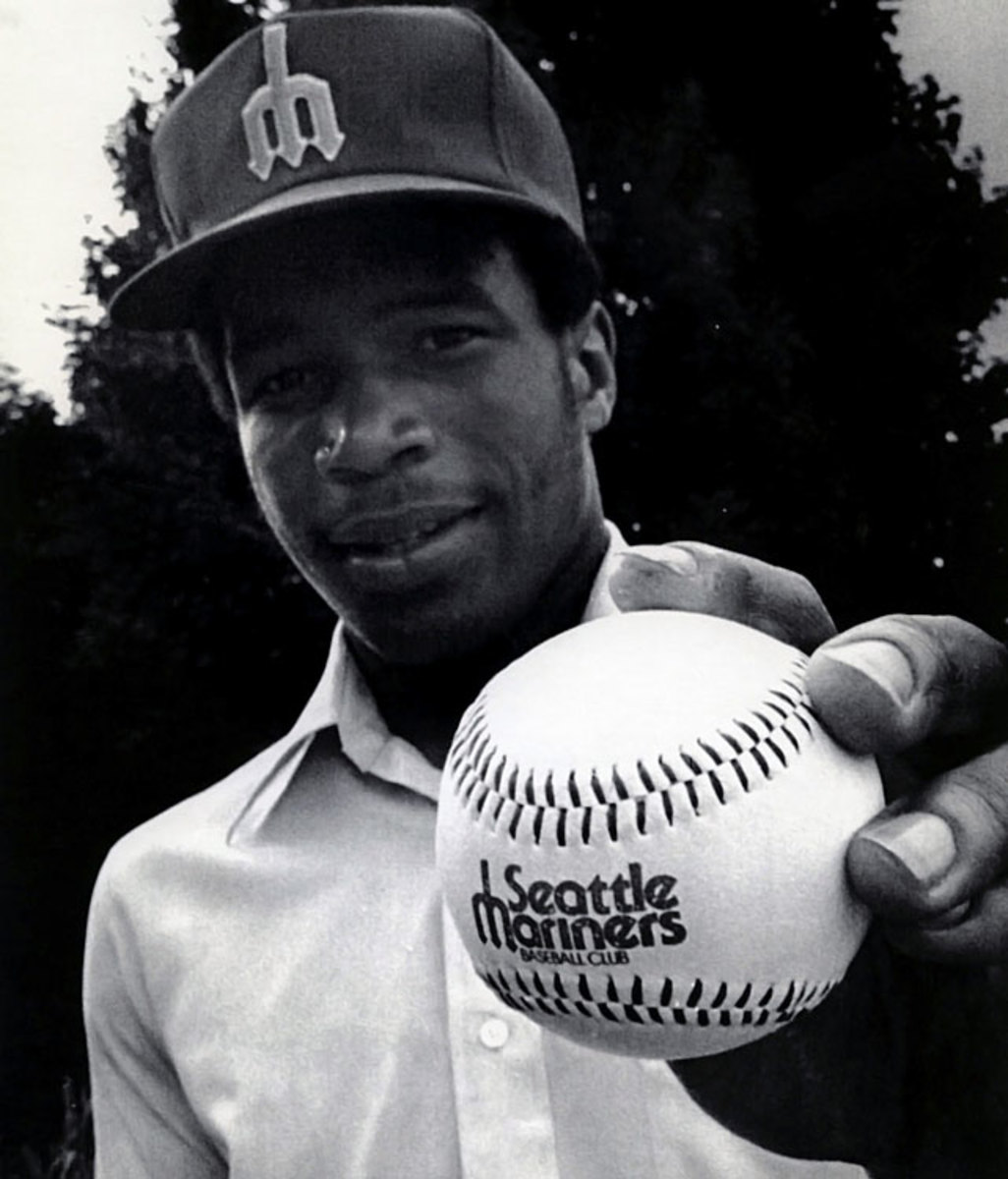
Eight years before Seattle made Ken Griffey Jr. the top pick in the draft, the Mariners chose another tools-laden high school outfielder. Unfortunately for Seattle, the results were far different. In the minors, Chambers could hit (.288/.382/.466, 85 home runs over nine seasons). In fact, in 1981, the Harrisburg, Penn., native had 20 homers and 77 RBIs. But his success in the minors never translated to the majors. Chambers played just 57 games across three big league seasons, hitting .208 with two home runs and 11 RBIs. He was sent down from Seattle when he was 24 and never made it back to the bigs.
No. 6: Shawn Abner (1984)
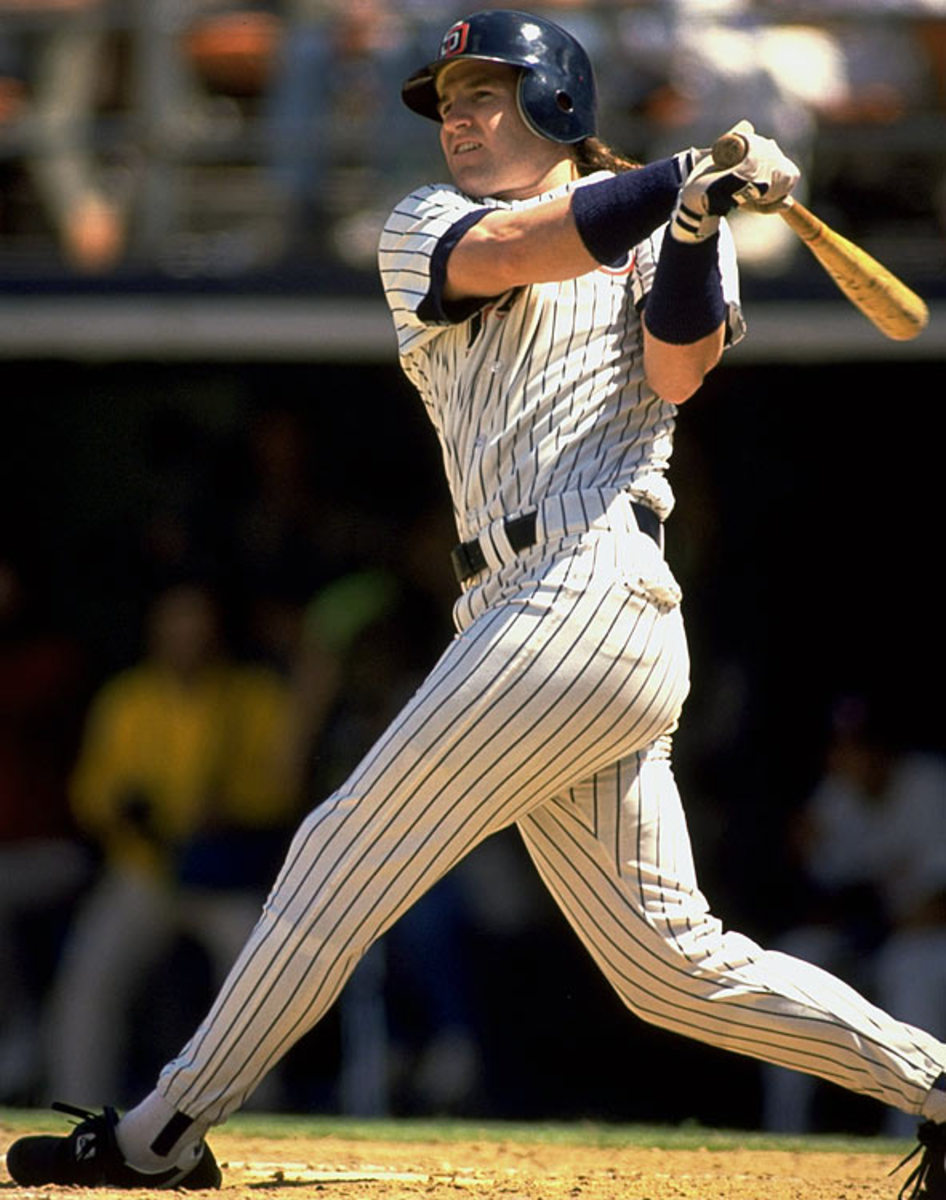
A multi-sport athlete oozing with talent, the Mets took Abner first overall in 1984. Like their top choices in 1980, when New York picked Strawberry and future Oakland A's general manager Billy Beane with first-round picks, Abner fit the mold of an overly athletic high school outfielder with an ostensibly limitless ceiling. He proved to be anything but. Abner never reached the majors with the Mets, and in 1985, he was part of a multi-player deal with the Padres. He finally debuted in 1987, and in six major league seasons, Abner would hit .227/.269/.323 with just 11 homers in 840 at-bats. By the time he was 26, Abner was out of the majors with as many career triples as organizations he'd been a part of (four).
No. 5: Bryan Bullington (2002)
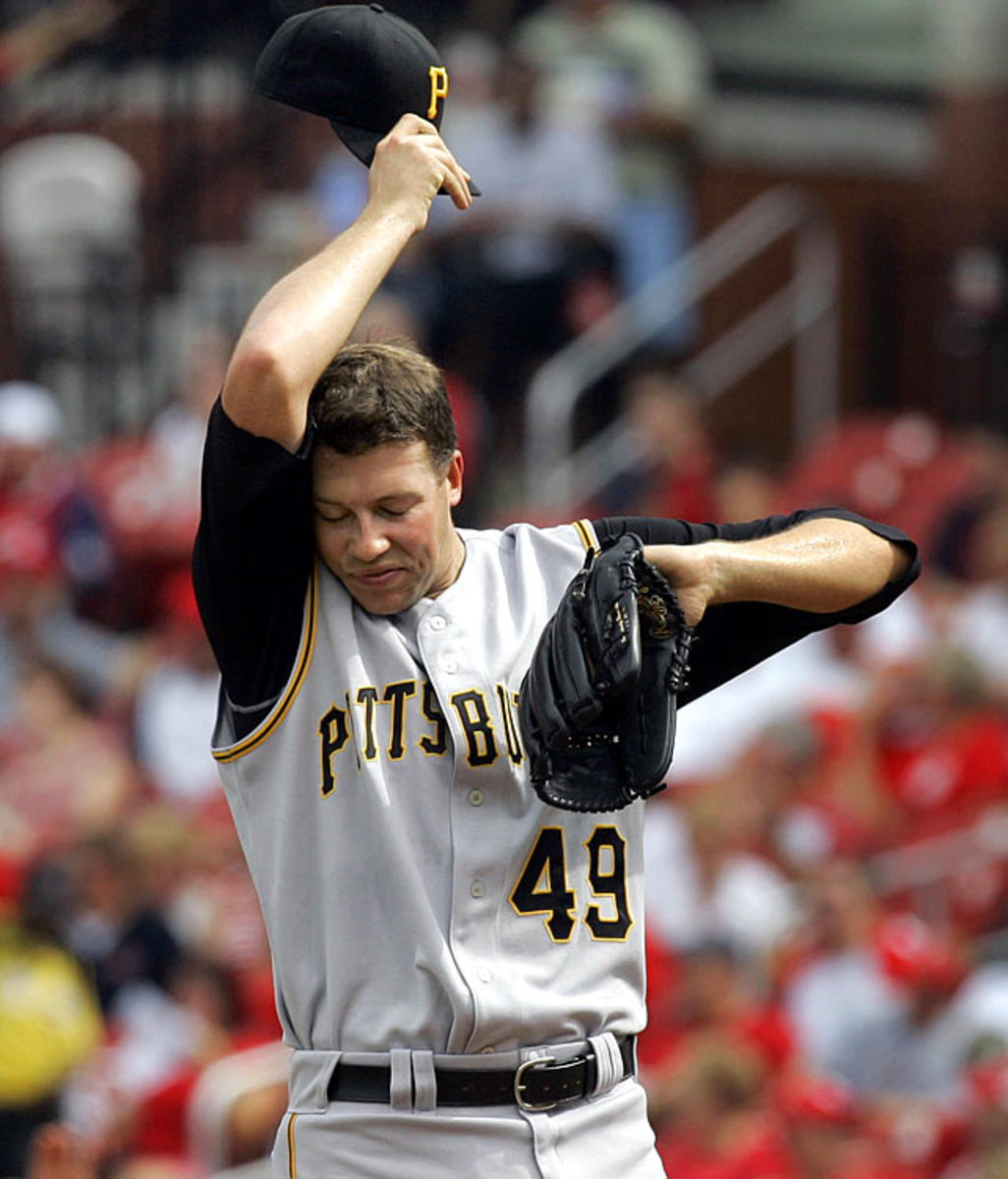
Bullington's numbers at Ball State were far short of dominant, making him something of a surprise choice for Pittsburgh in a draft that also included B.J. Upton, Zack Greinke , Prince Fielder, Cole Hamels and Matt Cain. Unlike those players, Bullington never found a home in the majors. He bounced around four different organizations after the Pirates placed him on waivers in 2008. He last pitched in the majors in 2010, having compiled a career record of 1-9 with a 5.62 ERA and 1.58 WHIP.
No. 4: Danny Goodwin (1975)
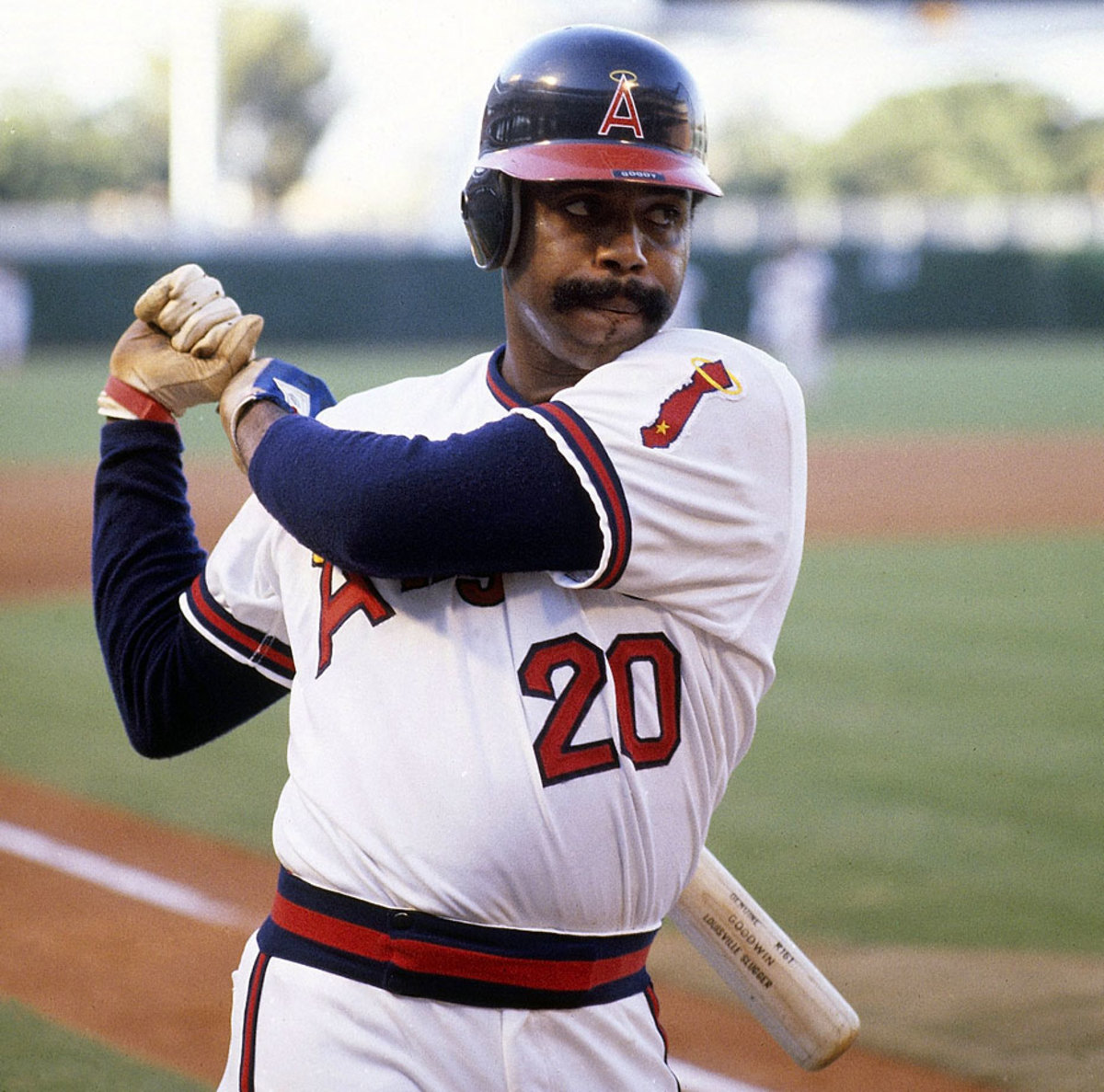
Though there are No. 1 picks with worse career numbers than Goodwin, the former Southern University product earns his ranking for one key reason: He was the top pick twice. Goodwin never signed with the White Sox after being the top choice in the 1971 draft. Instead he went to college and was taken by the Angels with the first pick in 1975. He went to the majors and embarked on what became an ultimately forgettable career. In seven seasons, Goodwin hit .236 with 13 home runs over 252 games. He left the majors in 1982 and tried to resurrect his career four years later with a stop in Japan. Goodwin would later wind up having a much longer career in the Braves front office.
No. 3: Steve Chilcott (1966)
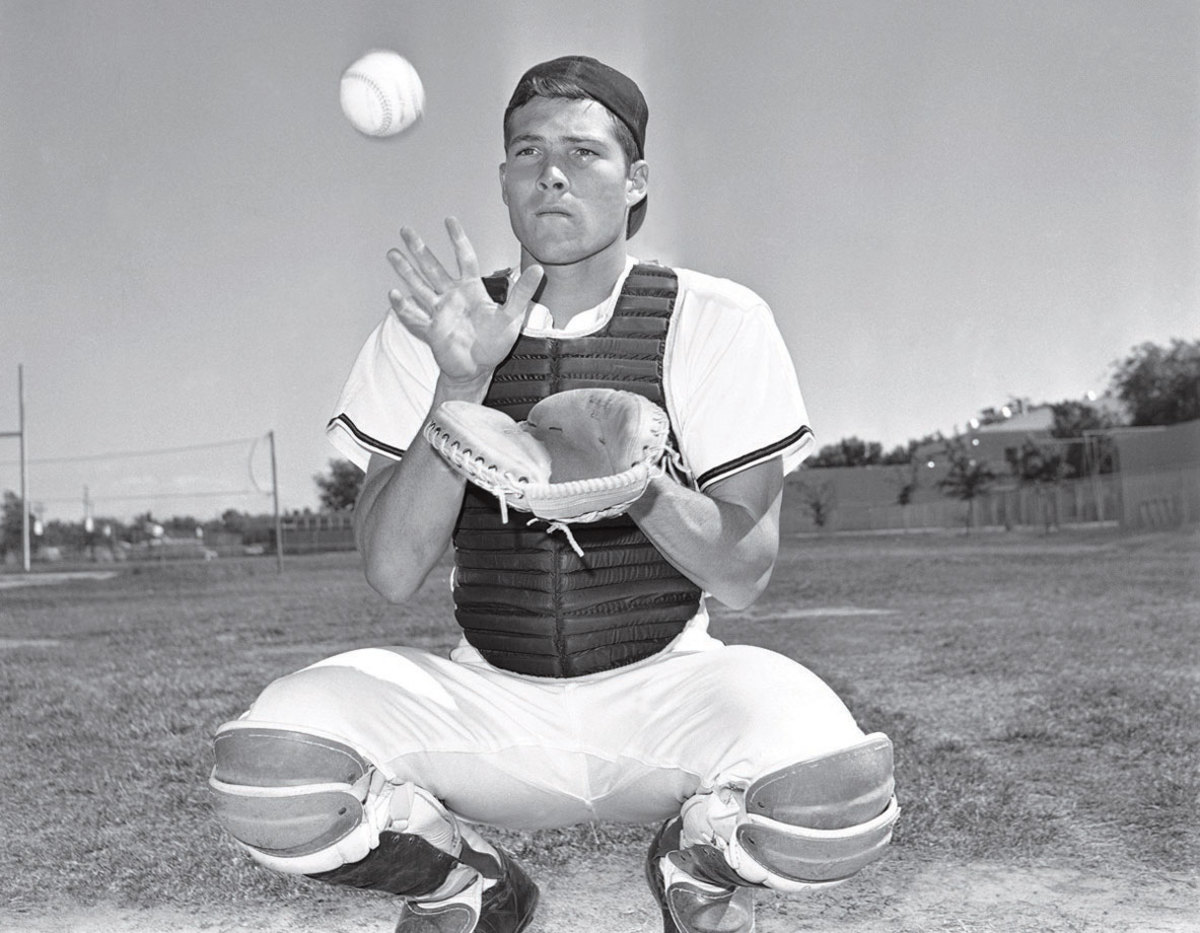
In baseball's first amateur draft, the Mets chose Chilcott one spot before the Kansas City A's selected Arizona State prospect Reggie Jackson. While Jackson soon became, it was once said, a "superduperstar" who wound up in the Hall of Fame, Chilcott never even reached the majors and he played just 22 games in Triple-A. He had seemed to be a dream prospect — a power hitting catcher with a 5'11", 185-pound frame and a hose for an arm. But a chronic shoulder issue and a shin infection, among other maladies, helped prevent him from reaching his potential near his full potential. He retired at 24 after seven seasons (spent mostly in A-ball), during which he hit .248 with 39 home runs for the Mets, Yankees and Expos organizations.
No. 2: Brien Taylor (1991)
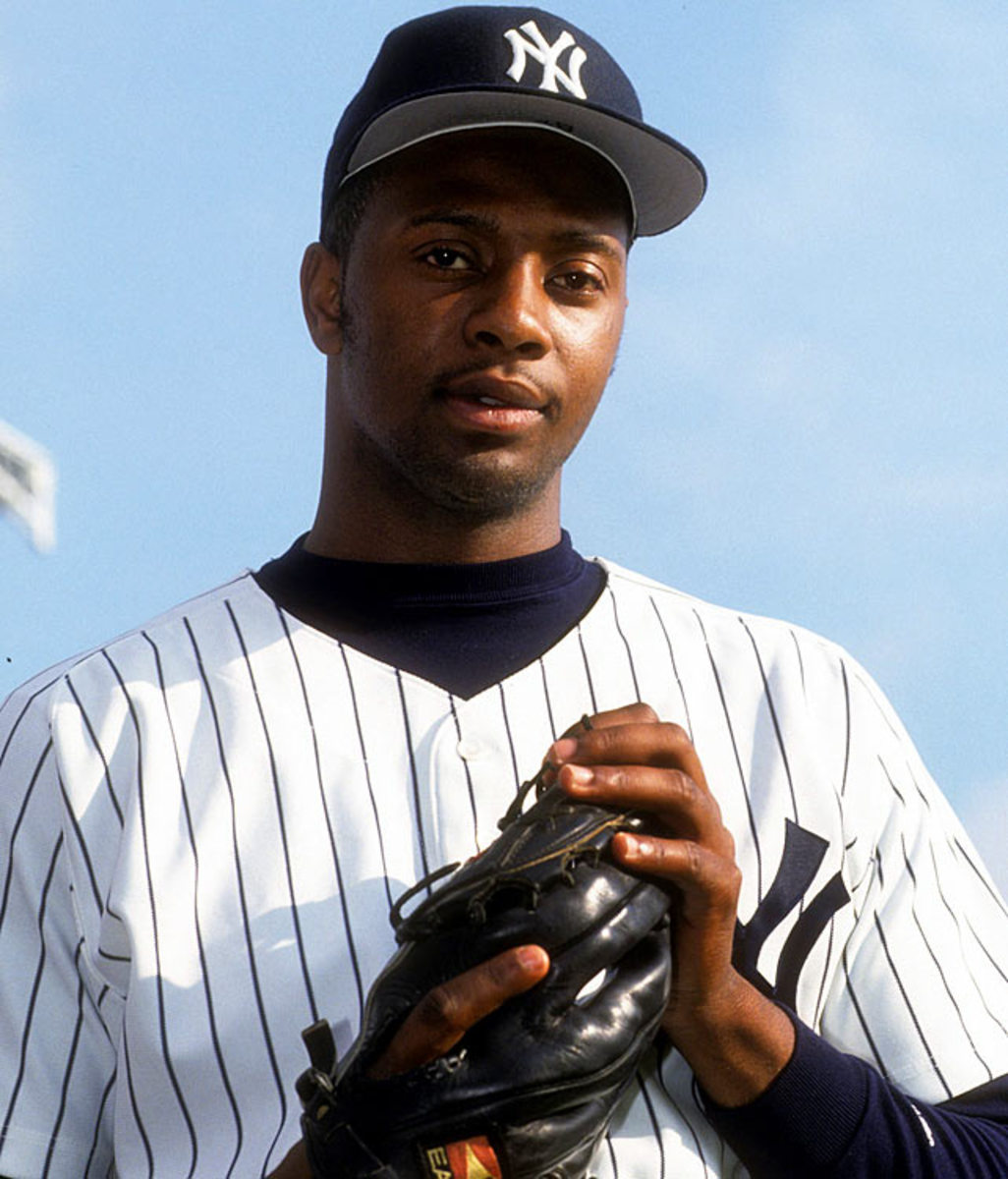
Taylor was declared by some to be the greatest high school pitching prospect of all-time when the Yankees drafted him first overall. However, in the 1993 off-season, Taylor was involved in a fight which ruined his pitching arm and required serious surgery. He was never the same. In 1996, Taylor posted an 18.73 ERA over nine starts in A-ball, walking 43 in 16 innings. The next season, he put up a 14.33 ERA with 52 walks in 27 innings. Taylor's career ended in 2000 following an unsuccessful season at A-ball in the Indians organization, making him the second top pick to never reach the majors. Among the players on Cleveland's roster that year was a hitting star who had also gone in the first round in 1991 and, as a New York native, might have been attractive to the Yankees: Manny Ramirez.
No. 1: Matt Bush (2004)
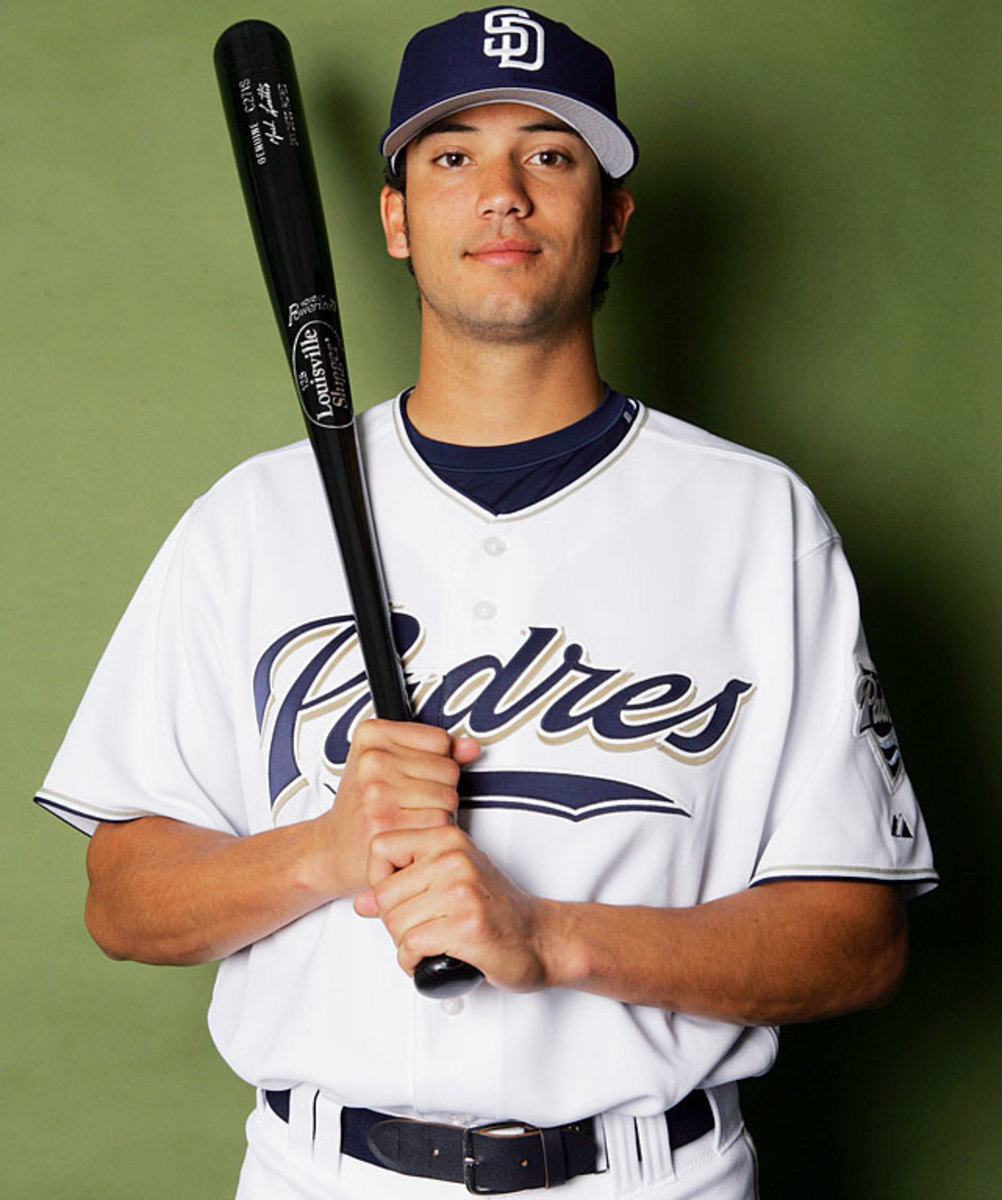
No first overall pick has had as ignominious of a career as Matt Bush. The two-way prospect gave a hometown discount to the Padres and his struggles began immediately. He hit just .192 without a home run at rookie ball and low-A, and followed it up by hitting .221 at Class A. After being turned into a pitcher in 2007, he was traded him to Toronto. While Bush has shown new life in 2016 as a middle reliever with the Rangers, it's his long string of transgressions off the field — starting with his arrest in a bar fight shortly after being drafted — which cement him as the worst No. 1 pick of all-time. The player drafted immediately after Bush was Justin Verlander, the 2006 AL Rookie of the Year and 2011 AL Cy Young and MVP.
- Molly Geary
